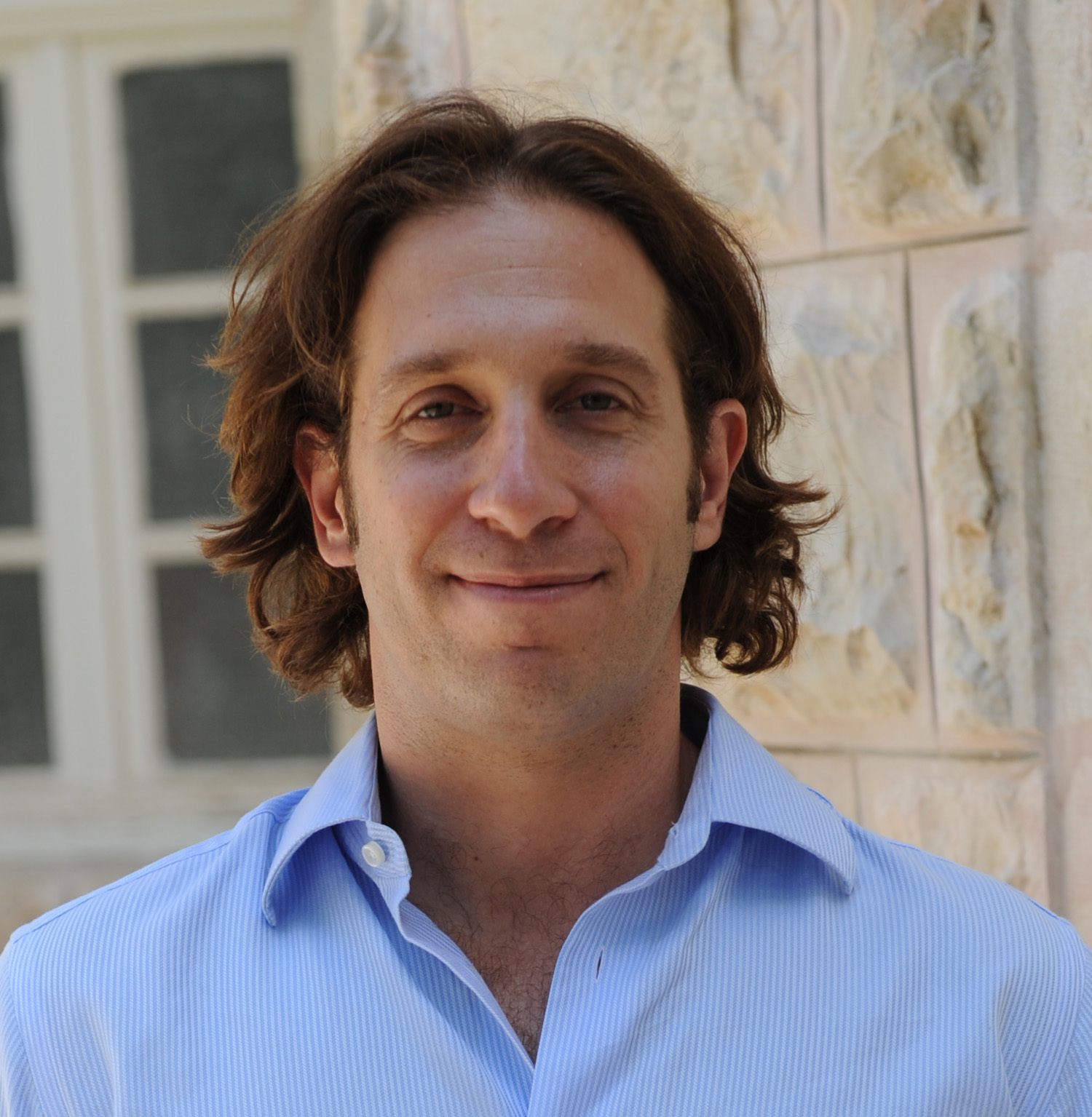
Researchers in the Virtual Human Interaction Lab at Stanford University focus on social dynamics and interactions in a virtual space and how virtual reality can transform education, training, empathy and more.
The lab’s founder, Jeremy Bailenson, director of the Doctoral Program in Communication and professor of communication at Stanford University, recently published a book, “Experience on Demand,” which explores the uses and potential of VR based on his more than 20 years of research on the technology’s psychological effects. Bailenson shared his thoughts on VR’s future potential and its effects on the world of learning and development.
Chief Learning Officer: Beyond the entertainment and fun aspects of virtual reality, what are some potential uses for it and how will it impact society?
Bailenson: Before there was this consumer revolution — this large movement over the last three or four years where Hollywood and big media companies have been rethinking what VR is and applying it to video games and movies — for those of us who have been studying VR for decades, it wasn’t about games and entertainment; it was about serious uses. And probably the best example of that is for training.
If you think about where we get virtual reality, it really starts with the flight simulator. In the late 1920s, Edwin Link invented the flight simulator because he wanted to learn how to fly, and people learn by doing. In addition to learning by doing, we learn from making mistakes and getting feedback. However, when you’re flying a plane, mistakes are very expensive. You lose lives, you lose planes, bad things happen. Enter virtual reality. The flight simulator is the perfect tool to allow you to learn, to have an experience, to get feedback and to become better.
When you look at the past few decades, a lot of research has been funded by the U.S. military to help our soldiers become better, to help our pilots become better. This idea of using VR as a way to allow people to become better by having these really intense and realistic training simulations is, in my opinion, home-run use of the technology.
CLO: How prevalent will VR be in 10 years? Twenty years?
Bailenson: I’ve been studying virtual reality since the 1990s, and I’ve seen more change in the last three or four years than I have in all the other years combined. It’s been this amazing, golden era for virtual reality, and if you follow that trajectory of that hockey stick function where you’re seeing this massive acceleration on the hardware, on the software, on the content, in investment dollars — you’re going to see a very different world in 10 years.
In 10 years, we are going to have largely perfected many of the technologies that go into VR, like how you track somebody’s movements and how you show them a super high-resolution image and how you can have those glasses be small and form-fitting and fashion-oriented.
In 20 years, I tend to think about advances related to brain-machine interface. About ways that you can control the content of virtual reality simulation, not using gadgets and sensors, but literally just by thinking. By measuring electrical activity in the brain using predictive analytics to figure out what one should see. You’re seeing a lot of energy in the research communities there. You’re talking about getting rid of the hardware and, similar to William Gibson’s vision in the novel “Neuromancer,” being able to control the virtual scene with your mind.
CLO: Are there any risks or dangers associated with increased use of VR?
Bailenson: In “Experience on Demand,” I talk about the four types of downsides. One is distraction. This is being so immersed in the virtual world that you walk into walls, you step into traffic, you step on the cat. VR, by definition, takes you out of the physical world.
The second is issues related to overuse and simulator sickness. We know that over time, VR can be fatiguing. It can make you feel a little bit dizzy if you use it for too long. We’re thinking about how to come up with the right guidelines for the amount of time you should be using VR.
The third is issues of addiction. A lot of folks are addicted to smartphones right now. It’s become such an important and integral part of their lives. With virtual reality, when it becomes so compelling that social media feels like the best party you’ve ever been to, when online gambling feels like Las Vegas … thinking about how to manage this pull that the technology is going to have is something I spend a lot of my time on.
The fourth is about behavior modeling, which is, again, related to the learning aspects. A lot of the work that we do in my lab, our research, is funded by the U.S. military, and I’m very proud to make our soldiers better at their jobs. However, when civilians get access to complex training simulations that were otherwise reserved for soldiers, you’re going to see people being able to learn skills quite easily that may be better in the hands of soldiers than civilians.
CLO: What can CLOs and training professionals gain from your book regarding the use of VR in L&D?
Bailenson: The book is really about learning. Chapter 1 is the story about how VR became democratized, meaning how it went from labs like mine, which costs hundreds of thousands of dollars and are only at the best universities in the world, to employees everywhere. And the story begins with training athletes.
In 2015 we built a system where we could train quarterbacks on how to get better at their job. The neat thing about training quarterbacks is we weren’t teaching them how to throw or pass or kick; we were basically teaching them how to look around the field and, in those few seconds before the ball is snapped, recognize a pattern — the pattern here being the defense — and then make a decision. Based on that defense, do they change a play they are going to run? Do they move a blocker to pick up someone who’s rushing on a blitz?
In other words, all the work we were doing with football players was about presenting them with a very complicated pattern that they wouldn’t see in other simulations and then having them make a decision based on that pattern. As we started succeeding in sports, we learned many lessons about how one can use VR to teach this general paradigm of ‘recognize a pattern and make a better decision.’
The story then begins, as far as leaving sports and going to chief learning officers, at Walmart. Walmart is this neat case where they have 200 training academies where people go to learn about their job to do it better. We were working with north of 100,000 Walmart employees in 2017 on that same principle. To have Walmart employees come experience something that’s arousing — for example, holiday rush— and learn how to make mistakes and how to succeed and how to repeat this lesson over and over so that they become acclimated and they can learn the right strategies in their job. We’re now working with a number of Fortune 500 companies where we’re giving people the same simulation — presenting them this really intense and arousing stimuli and having them look around and recognize some aspect of a scene, make a decision and become better.
CLO: Can you speak about the potential for VR to be used in soft skills training for things like empathy, communication, or diversity and inclusion?
Bailenson: At Stanford I have been studying soft skills training and virtual reality since 2003. The first study that I ran here involved something called a virtual mirror. In Chapter Three in my book, it’s called “walking a mile in the shoes of another.” I talk about all the trials and tribulations and learning that we’ve experienced over the past 15 years about how VR can improve soft skills training. If you take a step back, people always ask me, “Does VR cause empathy?” My answer is that you would never ask that same question about video or the written word. VR is a medium, and it depends on what you do with it.
So, what I’ve done over the past 15 years is, through trial and error guided by good theory and amazing collaborators, figure out what is special about VR as a medium — the immersive aspects of it, the fact that you can see yourself in a mirror as someone else and really feel like you’re them, leveraging something that the neuroscientists call body transfer. What uniquely about VR can foster empathy?
Recently we’ve gotten to work with companies and organizations to help them take this from an academic study that we do as professors and actually put it inside organizations. We are teaching them soft skills and getting a spectacular response. From a corporate standpoint, one of the early home runs in VR is going to be the ability to use it to teach people about tolerance, to put them in situations where they wouldn’t otherwise understand how intense it is to experience harassment or discrimination. It’s a unique tool to help people gain insight into what it’s like to be someone else. We’ve found in my lab‘s research that starting this lesson with an intense experience where they feel what it’s like to be someone else causes them to reach a level of seriousness and intensity beyond the book learning that they wouldn’t have otherwise.
- BUDDY PASS NOW AVAILABLE on CLO Symposium Registration, CLO Accelerator Enrollment and Membership.
- BUDDY PASS NOW AVAILABLE on CLO Symposium Registration, CLO Accelerator Enrollment and Membership.
- BUDDY PASS NOW AVAILABLE on CLO Symposium Registration, CLO Accelerator Enrollment and Membership.
- BUDDY PASS NOW AVAILABLE on CLO Symposium Registration, CLO Accelerator Enrollment and Membership.

Q&A with Jeremy Bailenson: Blurring the Line Between Reality and Illusion
Jeremy Bailenson, director of the Doctoral Program in Communication at Stanford University, explores the uses and potential of VR.

AR augmented reality bringing the future forward computer-generated world disruptive technology Experience on Demand health care Jeremy Bailenson learning technology retail Stanford University STRIVR technical training technology three-dimensional world Virtual Human Interaction Lab virtual learning virtual reality virtual rehearsal VR VR headset













